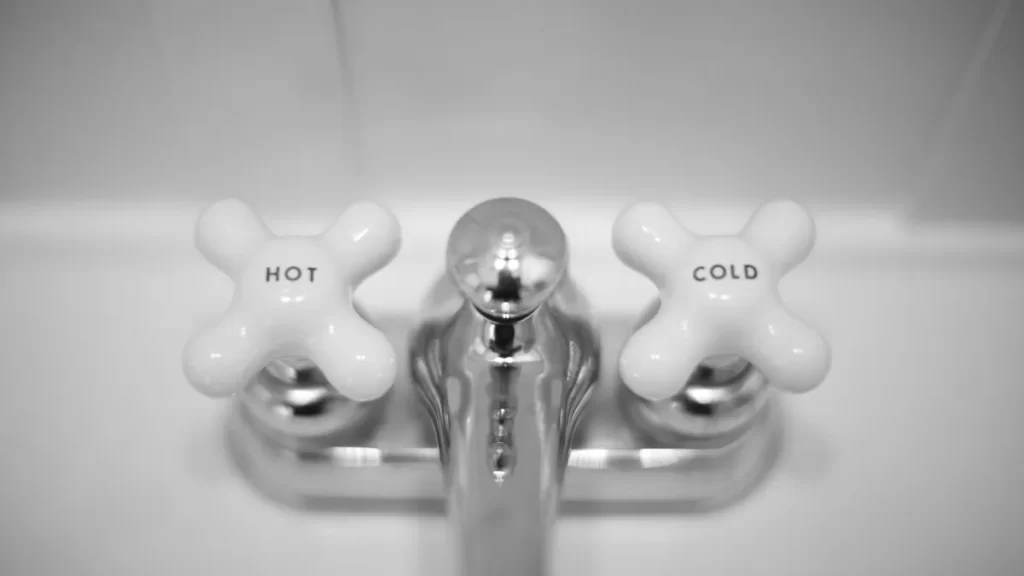
Returning home to a burst pipe and a flooded house is a truly unwelcome surprise. It’s unfortunately one that some people will likely face at some point this winter. About one out of every 60 insured homes requires an insurance claim for water damage and freezing each year, according to the Insurance Information Institute. Protecting your pipes can keep you from being the one-in-60 who has to deal with flooding damage.
But protecting your pipes has another benefit beyond this worst-case scenario: Insulating your pipes can save you money on water heating, which accounts for about 20% of your home energy use, according to the Environmental Protection Agency. Doing so is a fairly cheap and easy home project, if your utility won’t come and do it for free. Here’s what you need to do, and how much you can save. (You can also check out our tips on how to save hundred by setting your water heater to this exact temperature, and why you might want to switch to a solar water heater to save even more.)
How can insulating your pipes save you money?
After purchasing a water heater, the ongoing cost to a homeowner is the energy needed to actually heat the water you use. Heating water that will just cool off before it’s used is a waste of money.
Water heaters are designed to minimize heat loss. The familiar storage water heater features a large insulated tank that keeps hot water warm while it’s waiting to be used. Tankless water heaters reduce heat loss by eliminating the storage aspect altogether, heating water only when it’s needed. (Find out the difference between storage and tankless water heaters here.)
But once water has entered the pipes heading to your faucet, shower or dishwasher, it starts to cool down. Depending on the distance between where your water is heated and where it’s actually used, insulating pipes can keep water 2 to 4 degrees Fahrenheit warmer than if it were moving through noninsulated pipes, the EPA says.
While 4 degrees Fahrenheit may not seem worth the fuss, it may allow you to lower the temperature of your water heater. Setting your water heater to 120 degrees Fahrenheit instead of the higher (and commonly default) 140 degrees can reduce your energy costs by 4% to 22%. That could be hundreds of dollars.
Keeping water in pipes warm means you’ll also get hot water quicker. Instead of waiting for hot water to arrive at your shower from your hot water heater, warmer water will be waiting in the pipes. Overall, you should use less water, saving you a bit of money.
How to insulate your pipes
Insulating water pipes is a project most people can handle. It requires just a few materials and a little bit of know-how.
You’ll need a few supplies to start: a tape measure, a pair of scissors or a box cutter, duct tape or zip ties and foam pipe insulation. If you have a gas water heater, insulation on pipes close to the flue should be fiberglass. If you’re using fiberglass insulation, wear gloves and long sleeves, as fiberglass can irritate your skin.
Once you’ve gathered your materials, here’s what you’ll do next:
1. Measure the pipes to be insulated
While insulating any pipe will help, insulating the three feet closest to the water heater is most beneficial. Use the tape measure to measure the straight segments of the pipes to be insulated.
2. Cut the sleeve insulation to size
Using your scissors or box cutter, (carefully!) cut the insulation to fit the pipes.
3. Wrap the sleeve insulation around the pipes
Just pop it on by inserting the pipe into the open side of the insulation sleeve.
4. Fasten the insulation around the pipe
Wrap zip ties or duct tape around the pipe at one-foot intervals to keep it snug to the pipe.
That’s really all there is to it. The simple project, provides modest savings of about $10 a year, according to the Department of Energy, but can offset its costs in just a year.
Looking for other ways to save energy this winter? Find out how to adjust your thermostat to save, how to use your ceiling fan to keep your house warmer and how to better seal your house against the cold.





























